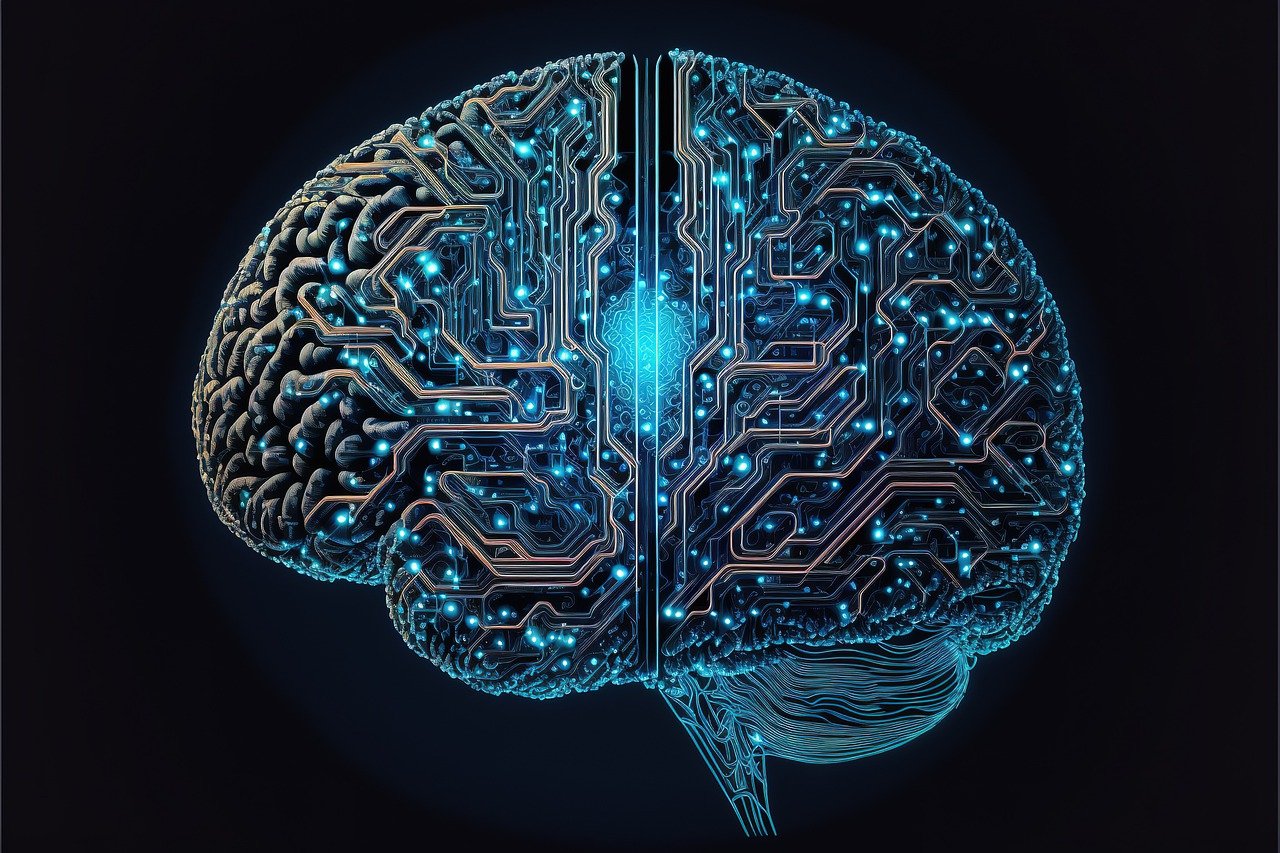
The first thing a lot of us do before heading to a new place is consult a map. We can see how the city is laid out, its central hub, and general features and properties. The more complex the area the more help it is as a starting point. Scientists are using the same approach to the human brain. A new “brain atlas” can provide an incredible amount of detail that can help with a fundamental understanding of this complex organ.
We’ll better understand brain function to know what goes wrong in disease which then opens new paths to drugs and therapies. It’s being compared to what the completion of the human genome did for molecular biology over two decades ago. This brain map gives us a three-D representation of all the cells in the human brain. Among our more than one hundred billion brain cells, researchers identified more than three thousand cell types, helping us see how brain circuits are connected.
In total, eighty-three brain areas were known to scientists and ninety-seven were new! Feeding the information to AI, they found unique properties in some of these cells. They also used the map to compare human and primate brains. The dissimilarities made them suspect genetic changes affecting neuronal wiring and synaptic function explain our brain’s plasticity or ability to repair and evolve.
Creating this map, which will be the first of many versions, will provide the foundation that advances in brain medicine will be built on.
We are Drs. David Niesel and Norbert Herzog, at UTMB and Quinnipiac University, where biomedical discoveries shape the future of medicine. For much more and our disclaimer go to medicaldiscoverynews.com or subscribe to our podcast. Sign up for expanded print episodes at www.illuminascicom.com or our podcasts at: Medical Discovery News (buzzsprout.com)
More Information
Scientists just drafted an incredibly detailed map of the human brain
A massive suite of papers offers a high-res view of the human and non-human primate brain.
Brain Atlas Paves the Way for New Understanding of How the Brain Functions
When NIH launched The BRAIN Initiative® a decade ago, one of many ambitious goals was to develop innovative technologies for profiling single cells to create an open-access reference atlas cataloguing the human brain’s many parts. The ultimate goal wasn’t to produce a single, static reference map, but rather to capture a dynamic view of how the brain’s many cells of varied types are wired to work together in the healthy brain and how this picture may shift in those with neurological and mental health disorders.
This is the largest map of the human brain ever made
Researchers catalogue more than 3,000 different types of cell in our most complex organ.
Human Brain Cell Atlas offers unprecedented look at neuropsychiatric disorders
Researchers map gene switches and brain cell types associated with schizophrenia, bipolar disorder, Alzheimer's disease and major depression.